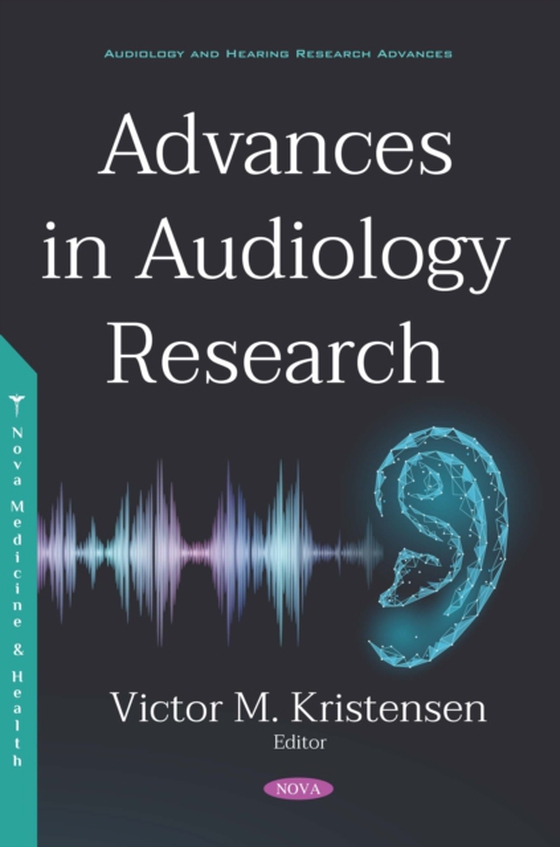
Advances in Audiology Research e-bog
948,41 DKK
(inkl. moms 1185,51 DKK)
Genes causing hearing loss display various modes of inheritance, with autosomal recessive being the most common. With so many cases of hearing loss having a genetic etiology, audiologists are certain to encounter these patients on a fairly regular basis. Audiologists who possess basic knowledge about genetics are better equipped to recognize when a genetics referral is warranted, thereby enhanc...
E-bog
948,41 DKK
Forlag
Nova Medicine and Health
Udgivet
12 april 2019
Længde
180 sider
Genrer
MJPD
Sprog
English
Format
pdf
Beskyttelse
LCP
ISBN
9781536152616
Genes causing hearing loss display various modes of inheritance, with autosomal recessive being the most common. With so many cases of hearing loss having a genetic etiology, audiologists are certain to encounter these patients on a fairly regular basis. Audiologists who possess basic knowledge about genetics are better equipped to recognize when a genetics referral is warranted, thereby enhancing patient care. In this chapter, it is determined that a genetics evaluation can yield valuable information for patients and their families, such as prognosis, estimates of recurrence risks, and diagnosis of other family members. The second chapter will review causes of revision surgery, how to diagnose cases of failed cochlear implants and will discuss surgical and audiological outcome of revision cochlear implant surgeries, Speech recognition ability with a replacement cochlear implant may significantly increase or decrease from that with the original implant. Experienced cochlear implant patients facing reimplantation must be counseled regarding the possibility of differences in sound quality and speech recognition performance with their replacement device. The purpose of the following chapter is to correlate the results obtained through questionnaires concerning self-reported restriction in social participation and patient satisfaction / benefit with objective time assessment of device use. This is a descriptive, cross-sectional study sample composed of and elderly and non-elderly adults of both sexes diagnosed with hearing loss and approved as candidates for hearing aid fitting at a university hospital. The goal of chapter four is to understand the main features of human posture and how it is possible to analyze it. The aim of this chapter is to investigate the influence of hearing loss and vestibular disorders on body posture. The objective of the concluding chapter was to analyze the auditory brainstem response (ABR) and frequency following response (FFR) in patients diagnosed with Sickle Cell Disease (SCD) who were referred to the outpatient hemoglobinopathy clinic at a public hospital in southern Brazil.
 Dansk
Dansk

